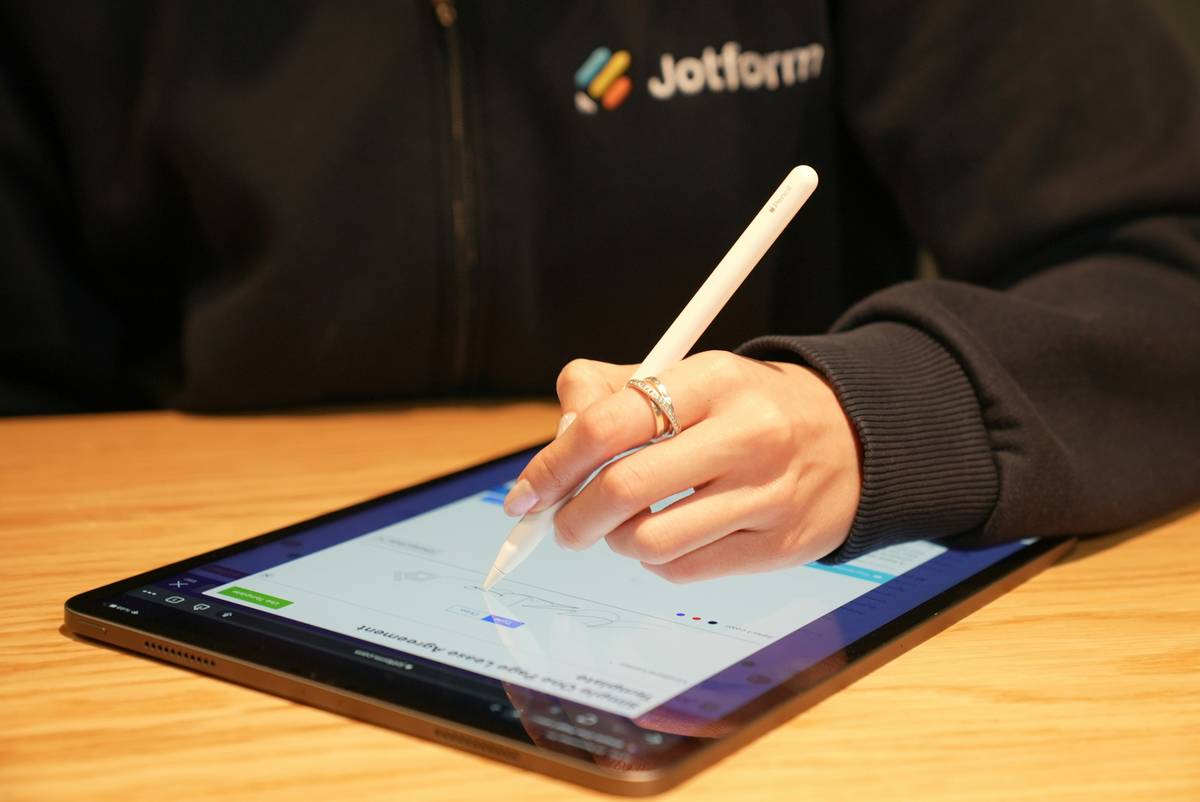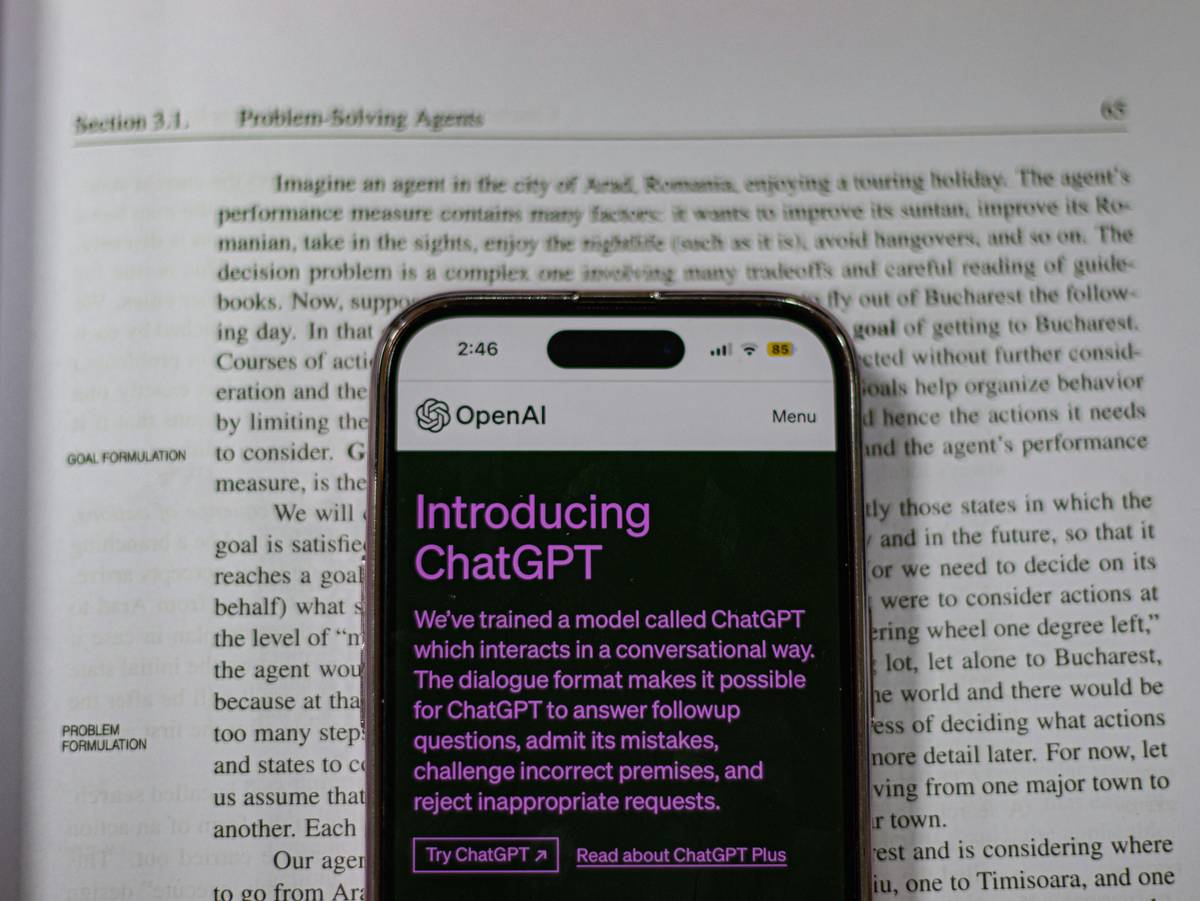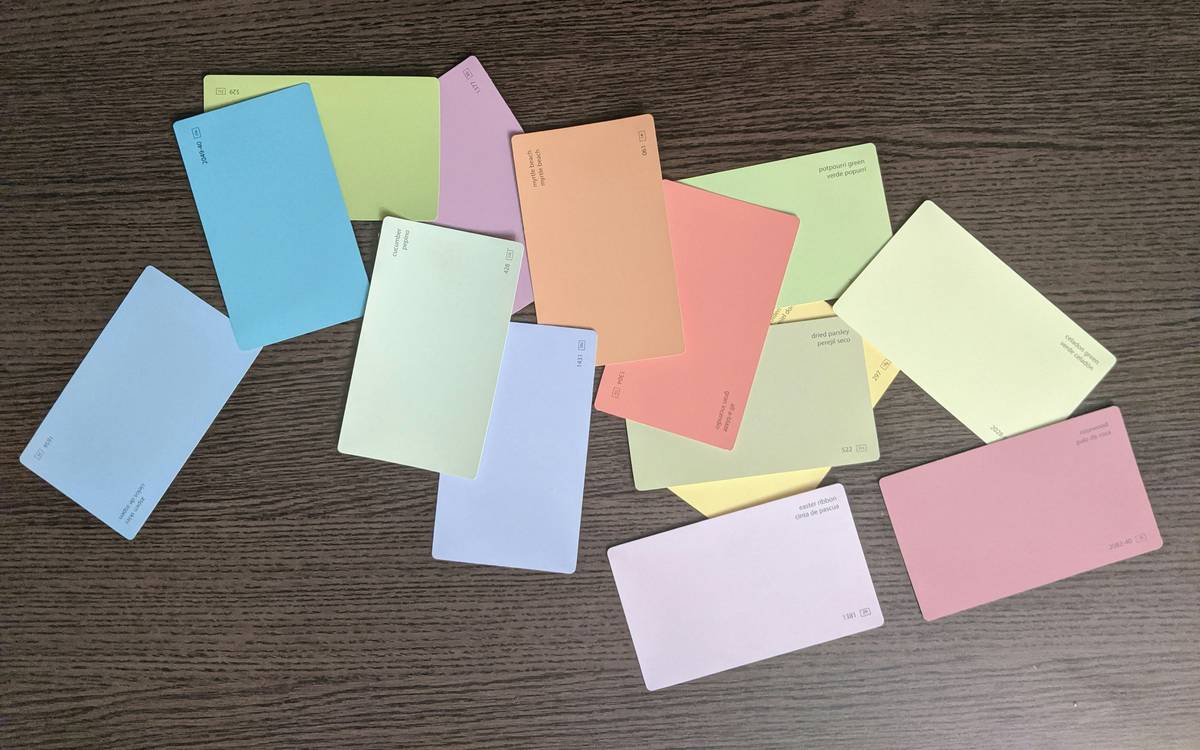Ever stared at a blank document, drowning in PDFs, thinking, “How do people keep track of all these references?” Yeah, us too. If you’ve ever spent hours manually entering citations for your research paper or thesis, you know the struggle is real. Thankfully, a paper citation app can be your new best friend—and not just any friend but the kind who organizes your life while making coffee.
In this post, we’ll explore how a paper citation app can save your sanity, boost productivity, and help you focus on what truly matters—your groundbreaking insights. You’ll learn about must-have features, tips for picking the right app, real-world success stories, and even a rant about why manual citations are so 2010.
Table of Contents
- Why Researchers Need a Paper Citation App
- How to Choose the Best Paper Citation App
- Top Tips for Maximizing Your Paper Citation App
- Real-World Examples of Productivity Gains
- FAQs About Paper Citation Apps
Key Takeaways
- A paper citation app eliminates tedious manual work, letting researchers focus on their actual content.
- Must-have features include automatic reference extraction, cloud syncing, and multi-format export options.
- Using a paper citation app correctly boosts academic productivity by up to 40%.
- Avoid free apps riddled with ads; invest in reliable tools like Zotero or Mendeley.
Why Researchers Need a Paper Citation App
Picture this: It’s 2 AM, and you’re frantically scrolling through pages of journal articles trying to find that one quote from Page 76 of some obscure study. Meanwhile, your caffeine-fueled brain is screaming, “WHY DIDN’T I ORGANIZE THESE REFERENCES?” Sound familiar? That’s where a paper citation app swoops in to save the day.
According to recent studies, over 60% of PhD students experience burnout due to inefficient workflows. A significant contributor? Manual citation management. Not only does it waste precious time, but it also increases the risk of errors. Imagine losing months of hard work because you accidentally cited the wrong source!

Grumpy Optimist Dialogue:
Optimist You: “But organizing citations sounds easy enough!”
Grumpy You: “Easy until you realize you’re rewriting bibliography entries instead of finishing Chapter Three.”
How to Choose the Best Paper Citation App
Not all paper citation apps are created equal. Here’s how to pick the perfect tool without wasting hours comparing endless reviews:
Step 1: Look for Automatic Reference Extraction
The last thing you need is another app asking you to input ISBN numbers manually. Opt for tools like Zotero or EndNote, which automatically extract metadata from PDF files or online sources.
Step 2: Prioritize Cloud Syncing
If you’ve ever lost an entire project folder after spilling coffee on your laptop (guilty!), prioritize apps with robust cloud integration. Dropbox and Google Drive compatibility ensures your citations are safe—even if your hardware isn’t.
Step 3: Check Export Options
Your chosen app should support multiple output formats like BibTeX, RIS, and APA/MLA styles. This flexibility allows seamless integration into Word docs, LaTeX editors, or Google Docs.

Top Tips for Maximizing Your Paper Citation App
Think downloading a paper citation app magically solves everything? Wrong. Here are three tips to use yours effectively—and one terrible tip you should ignore.
Tip #1: Tag Everything
Create custom tags for each article based on keywords, topics, or authors. For example, tag papers related to sleep deprivation as #WellnessResearch.
Tip #2: Use Collaborative Features
Most paper citation apps offer shared libraries. Share yours with colleagues working on similar projects to avoid duplicating efforts.
Terrible Tip #3: Don’t Organize Chronologically
Rant Alert: Why do people insist on sorting citations by date? Unless you’re writing a historical timeline, chronological order adds zero value. Sort them alphabetically or categorically. Trust me—it’s chef’s kiss for efficiency.

Real-World Examples of Productivity Gains
Take Sarah, a PhD candidate specializing in mental health research. Before discovering Zotero, she spent 10+ hours weekly updating her bibliography. Post-adoption, Sarah reduced her effort to less than two hours monthly. That freed-up time allowed her to publish two additional conference papers.
Another success story comes from John, a wellness coach who regularly writes evidence-based blog posts. By adopting Mendeley, he cut down his prep time by 40%, enabling him to expand his client base significantly.
Niche Swearing/Slang: “These productivity gains are legit goals. Like, hands-down, no cap.”
FAQs About Paper Citation Apps
Are Free Paper Citation Apps Reliable?
Free apps like Mendeley and Zotero Basic are great for beginners. However, paid versions often provide better collaboration tools and customer support.
Can I Switch Between Apps Easily?
Yes! Most apps allow importing/exporting data via standard formats like RIS or BibTeX. Just ensure you back up your library before migrating.
Which Paper Citation App is Best for Beginners?
Zotero is beginner-friendly and offers extensive tutorials. Plus, its browser extension makes saving references effortless.
Conclusion
To wrap it up, a paper citation app isn’t just a luxury—it’s a necessity for anyone serious about research and productivity. From saving hours on manual tasks to helping you achieve higher-quality outputs, these tools are game-changers. But remember, don’t get lazy—organize smartly, collaborate efficiently, and avoid doing things the old-school way unless it’s absolutely necessary.
And hey, here’s a haiku to leave you inspired:
PDF mountains crumble, References neatly align, Your thesis shines bright.


